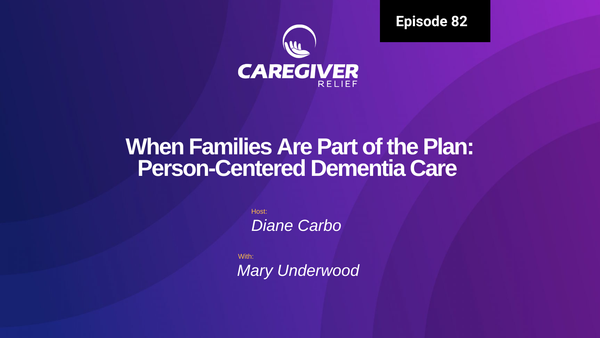Strategies for Preventing Falls in Older Adults
Aging changes can lead to an increased risk of falls, which can cause serious injuries and greatly impact our quality of life. But what if we told you that you could significantly reduce your risk of falling by understanding the causes and implementing some simple strategies?
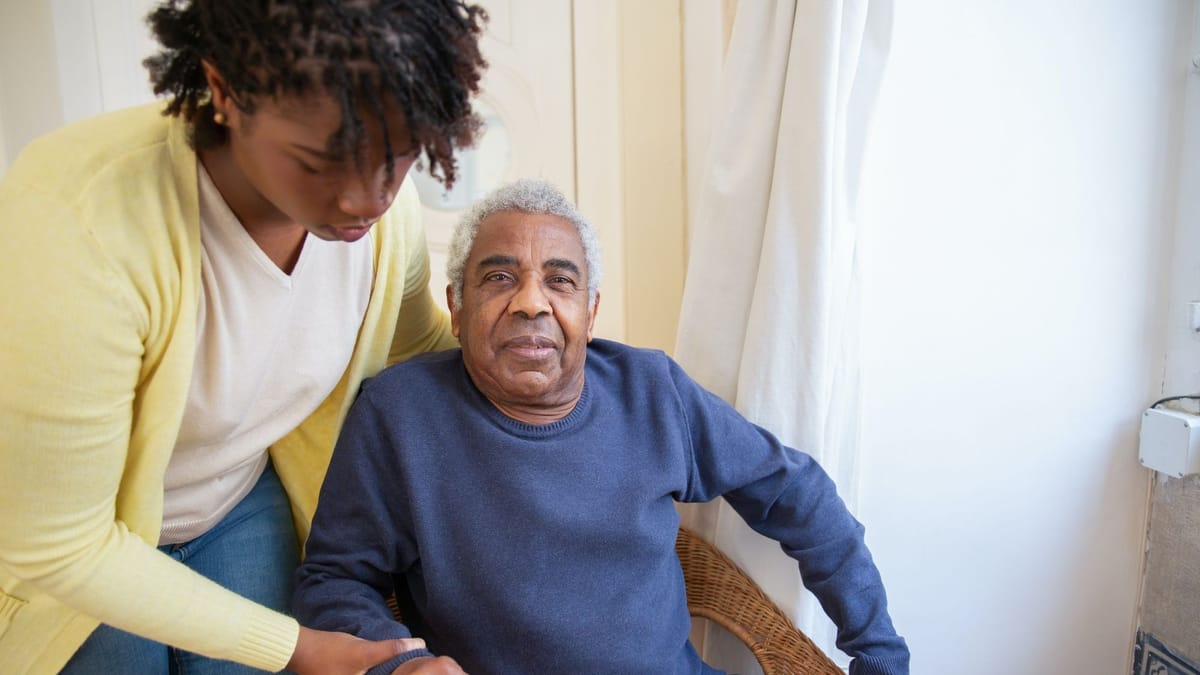
As we age, our bodies undergo numerous changes. Our movements become less steady, our vision less acute, and our reaction times slower. These changes can lead to an increased risk of falls, which can cause serious injuries and greatly impact our quality of life. But what if we told you that you could significantly reduce your risk of falling by understanding the causes and implementing some simple strategies? Intrigued? Let’s dive in!
Short Summary
- Understand the causes of falls to prevent them and keep older adults safe.
- Exercise, home modifications, assistive devices & technologies, healthcare professionals help reduce fall risk.
- Community programs provide exercise & education for overall health & wellbeing.
Understanding the Causes of Falls
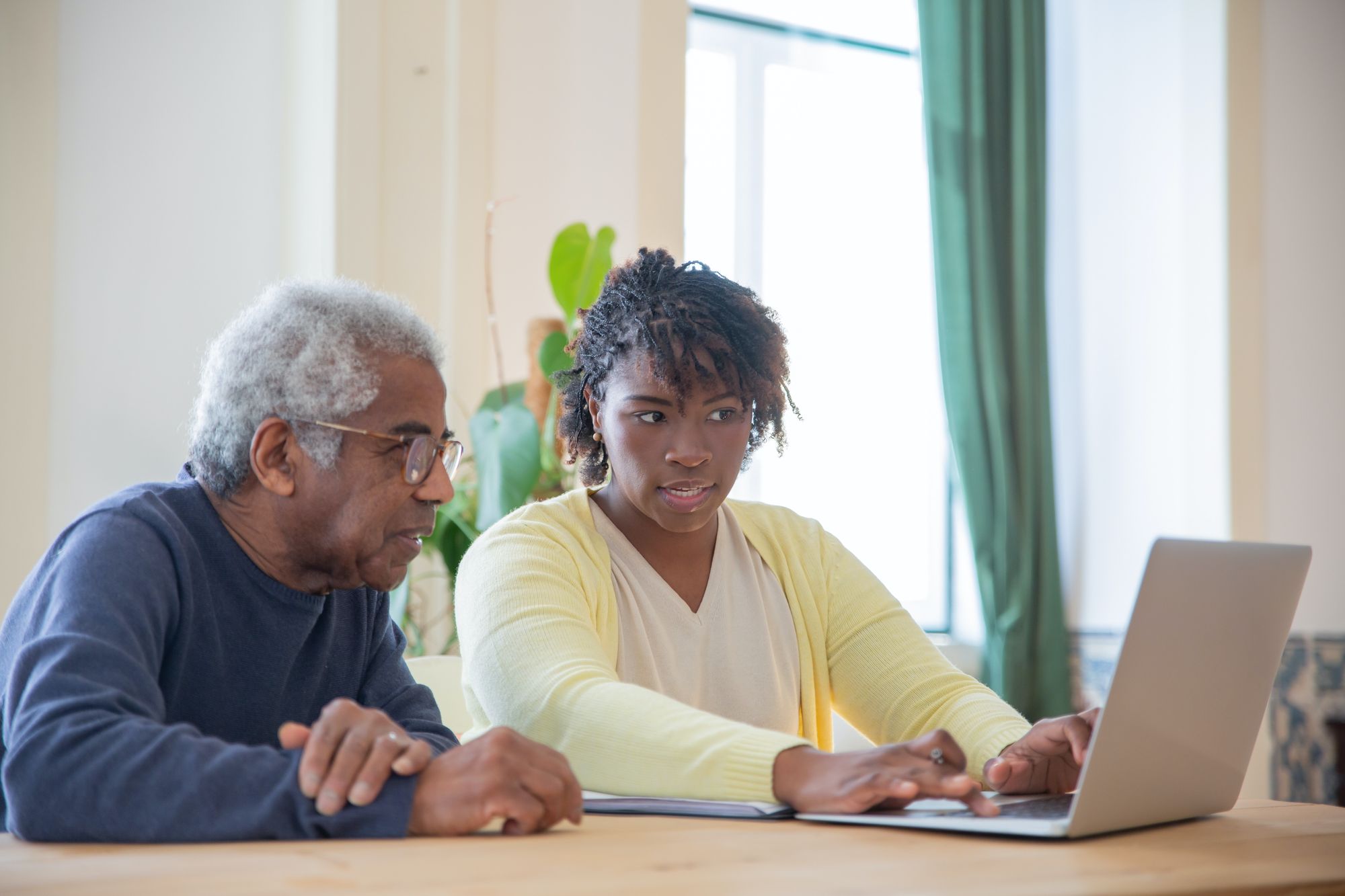
Understanding the leading cause of falls is the first step towards prevention. Falls can result from a myriad of factors, such as certain medical conditions or poor dietary habits. These risk factors can increase the likelihood of falls in older adults, making fall prevention an essential part of disease control.
The repercussions of older adult falls can be severe, leading to fatal and nonfatal injuries, including serious injury, such as shoulder and forearm fractures, spine fractures, pelvic and hip fractures, and even head injuries. Such injuries can significantly impact an individual’s ability to lead an independent life among older adults.
Therefore, it becomes crucial to take proactive measures like regular exercise, medication management, regular vision checks, home safety improvements, and even considering physical therapy. These steps not only help prevent falls, but also empower older adults to live a safer, healthier life.
Fall Prevention Strategies for Older Adults
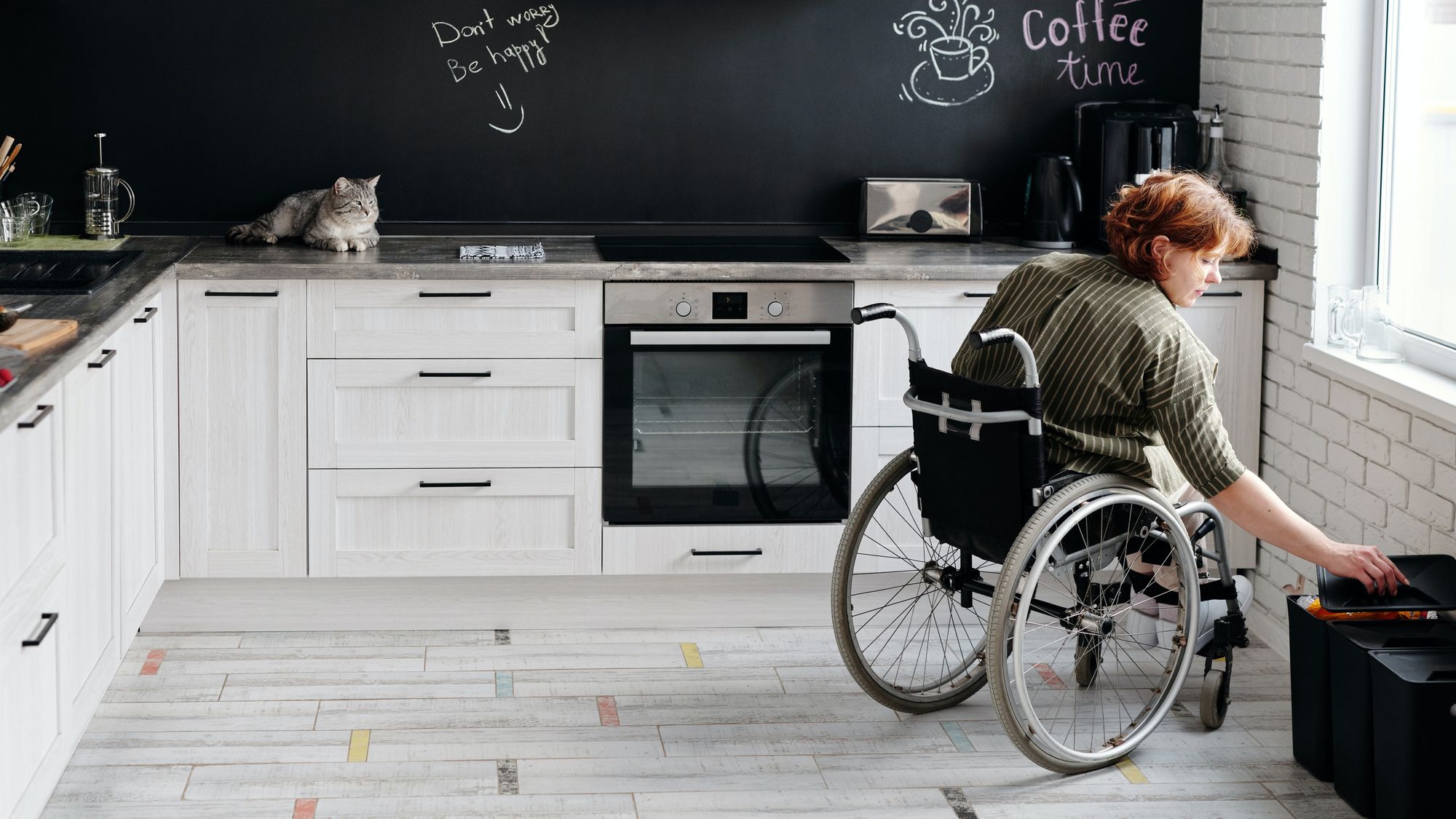
Now that we know the causes of falls, let’s explore some effective fall prevention strategies for older adults. These strategies encompass various aspects of our lives, including our daily activities, our home environment, and even the assistive devices that we use.
Daily activities such as exercise, balance training, and strength training can help reduce the risk of falls.
Exercise and Physical Activity
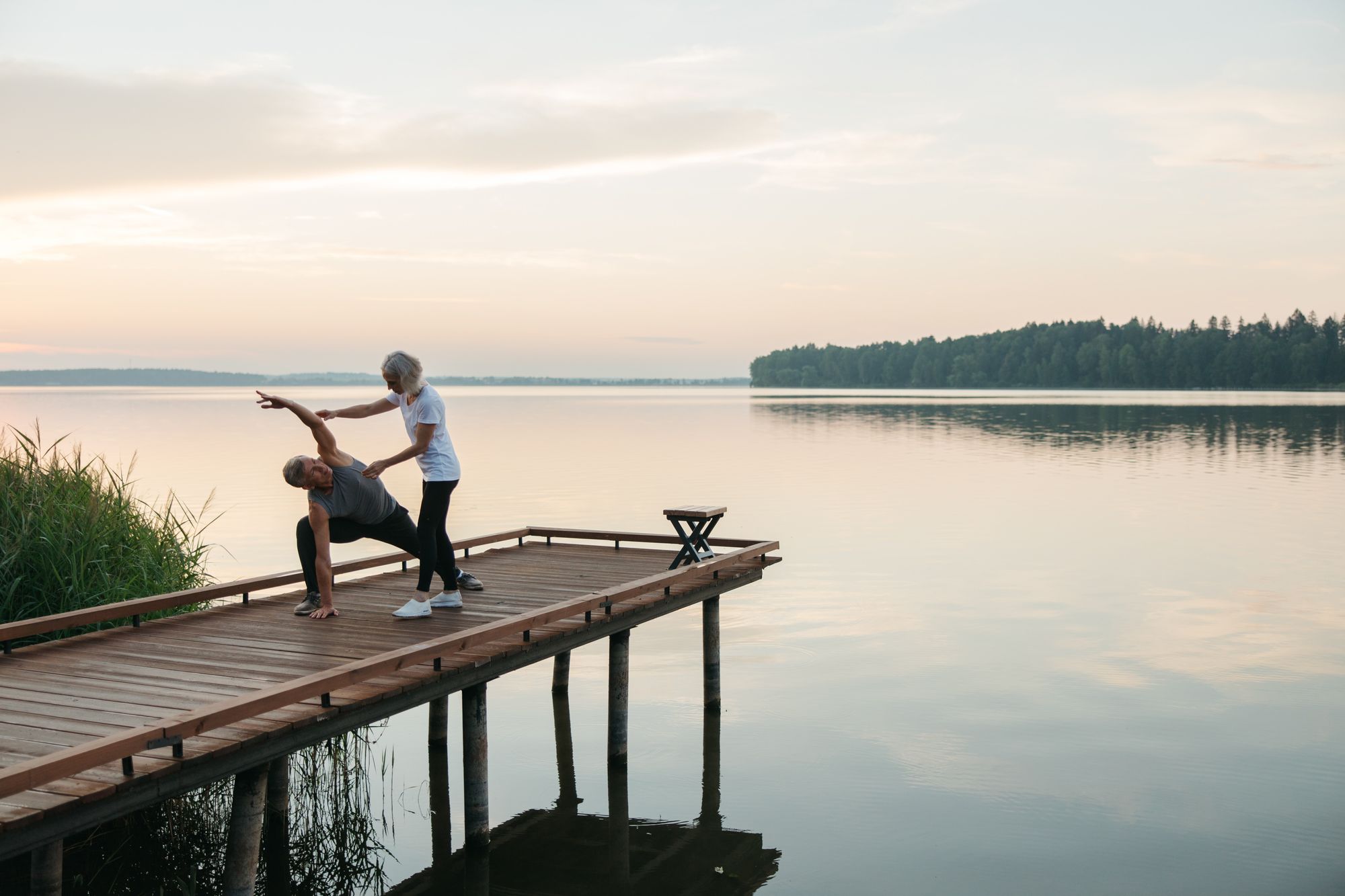
Physical activity plays a crucial role in maintaining our health and preventing falls. Regular exercise strengthens our muscles, improves balance and coordination, and enhances our flexibility, thereby reducing the risk of falls. Balance and strength training exercises, often recommended by a physical therapist, are particularly beneficial. One such balance exercise is the sit-to-stand exercise. It helps build leg strength and improves body mechanics, which in turn helps prevent falls. The goal is to gradually increase the duration of the exercise, from holding the position for 10 seconds to eventually 30 seconds, as recommended by the Centers for Disease Control and Prevention.
However, safety is paramount when exercising at home. It is advisable to have someone around to supervise and provide help if needed. This extra precaution can prevent future falls and ensure a safe and effective exercise routine.
Home Safety Modifications
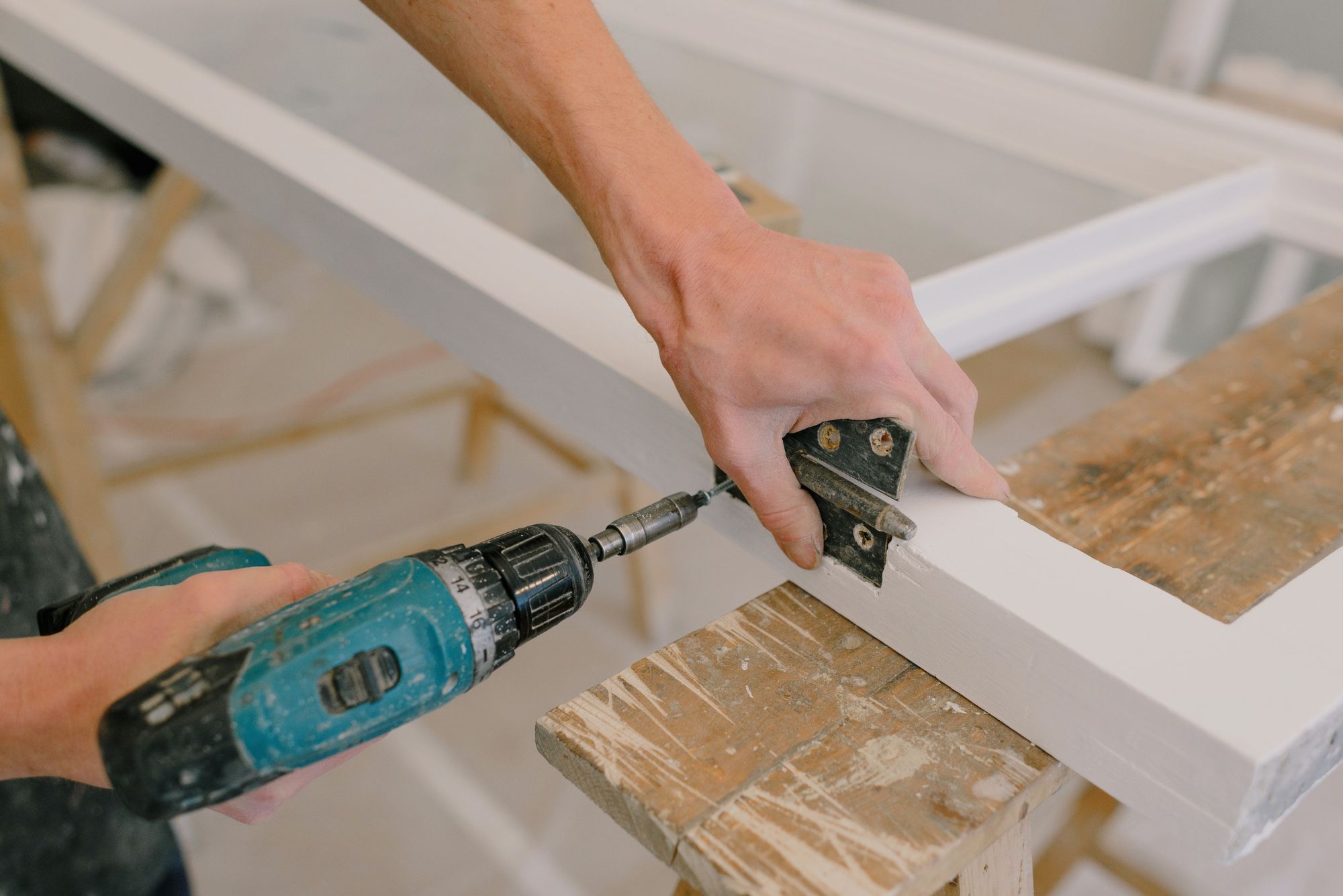
Our home environment can significantly influence our risk of falls. Hence, making some safety modifications at home can go a long way in fall prevention. For instance, removing tripping hazards like loose rugs and installing grab bars in the bathroom can improve safety and reduce the risk of falls.
Indeed, the importance of maintaining a safe home environment cannot be overstated. Removing home hazards not only prevents slips and falls, but also reduces the risk of fall injuries. Keeping our homes well-lit is another simple yet effective strategy. A well-lit home makes it easier to spot potential tripping hazards, thus preventing accidental falls.
Assistive Devices and Technologies
The use of assistive devices and technologies can be invaluable in preventing falls. These devices, such as canes and walkers, provide additional support, enhancing balance, and stability, thereby minimizing the risk of falls.
However, it’s important to remember that using these devices requires proper guidance and training. Therefore, consulting an occupational therapist can be extremely beneficial. They can provide expert guidance on the appropriate use of these devices and help devise individualized fall prevention strategies.
Investing in fall prevention and recovery plan is indeed an investment in your ability to stay independent and reduce the risk of serious injuries. So don’t hesitate to explore these devices and technologies that can enhance your safety and confidence.
The Role of Healthcare Professionals in Fall Prevention
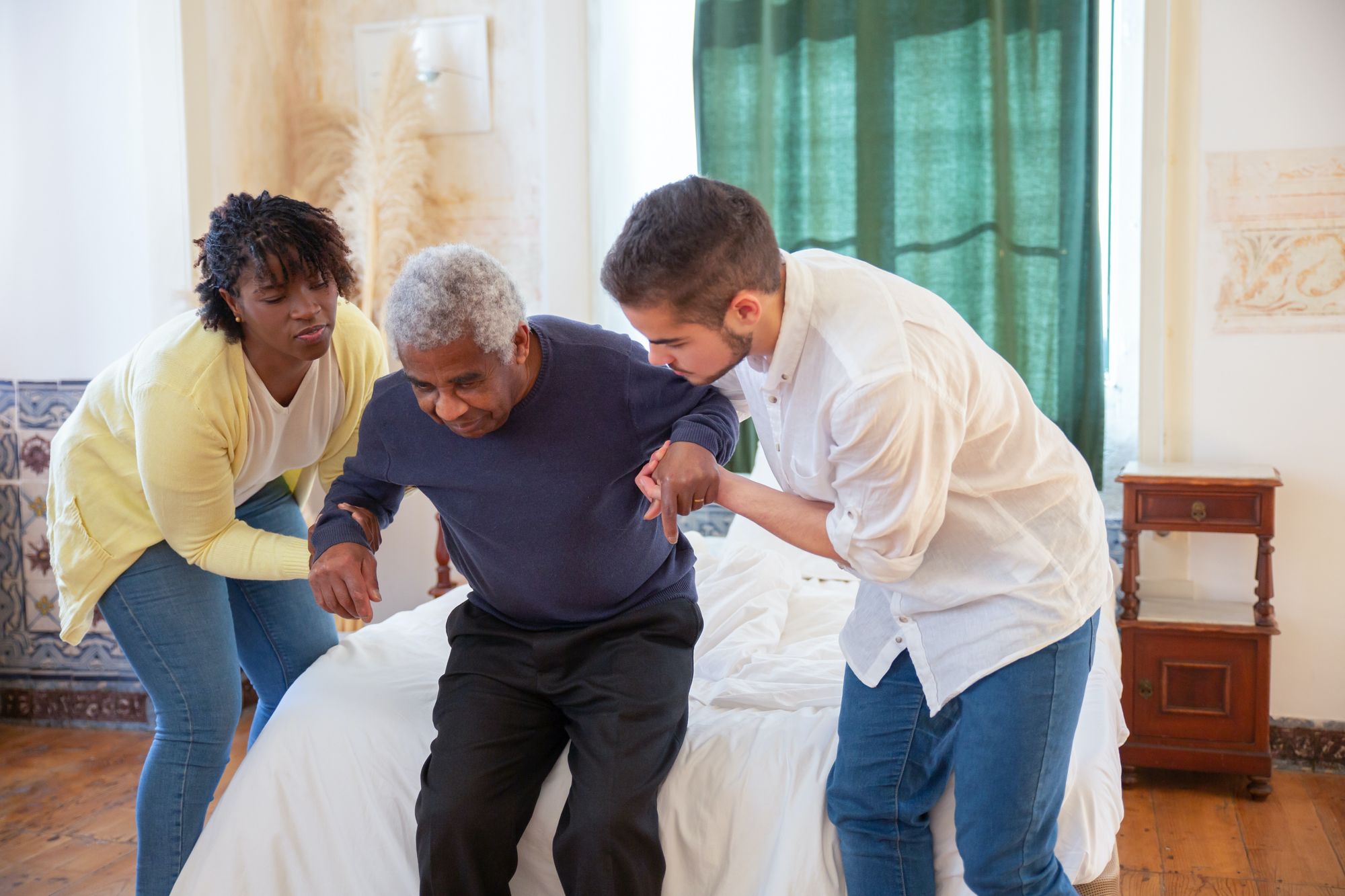
Healthcare professionals play a crucial role in fall prevention. They are instrumental in screening and assessing patients for their fall risk, documenting patient-specific fall prevention practices, monitoring any changes in the patient’s condition, and reporting any falls to the physician.
Therefore, if you are eager to implement fall prevention strategies, the first step should be to make an appointment with a healthcare provider. They can provide expert advice tailored to your specific needs and circumstances.
Fall risk assessment is another vital service provided by healthcare professionals. It helps them identify factors that might increase a patient’s risk of falling, such as medications, physical impairments, and environmental hazards. Based on this assessment, they can formulate a personalized fall prevention plan that includes exercise, home safety modifications, and the use of assistive devices and technologies.
Reducing Fall-Related Injuries
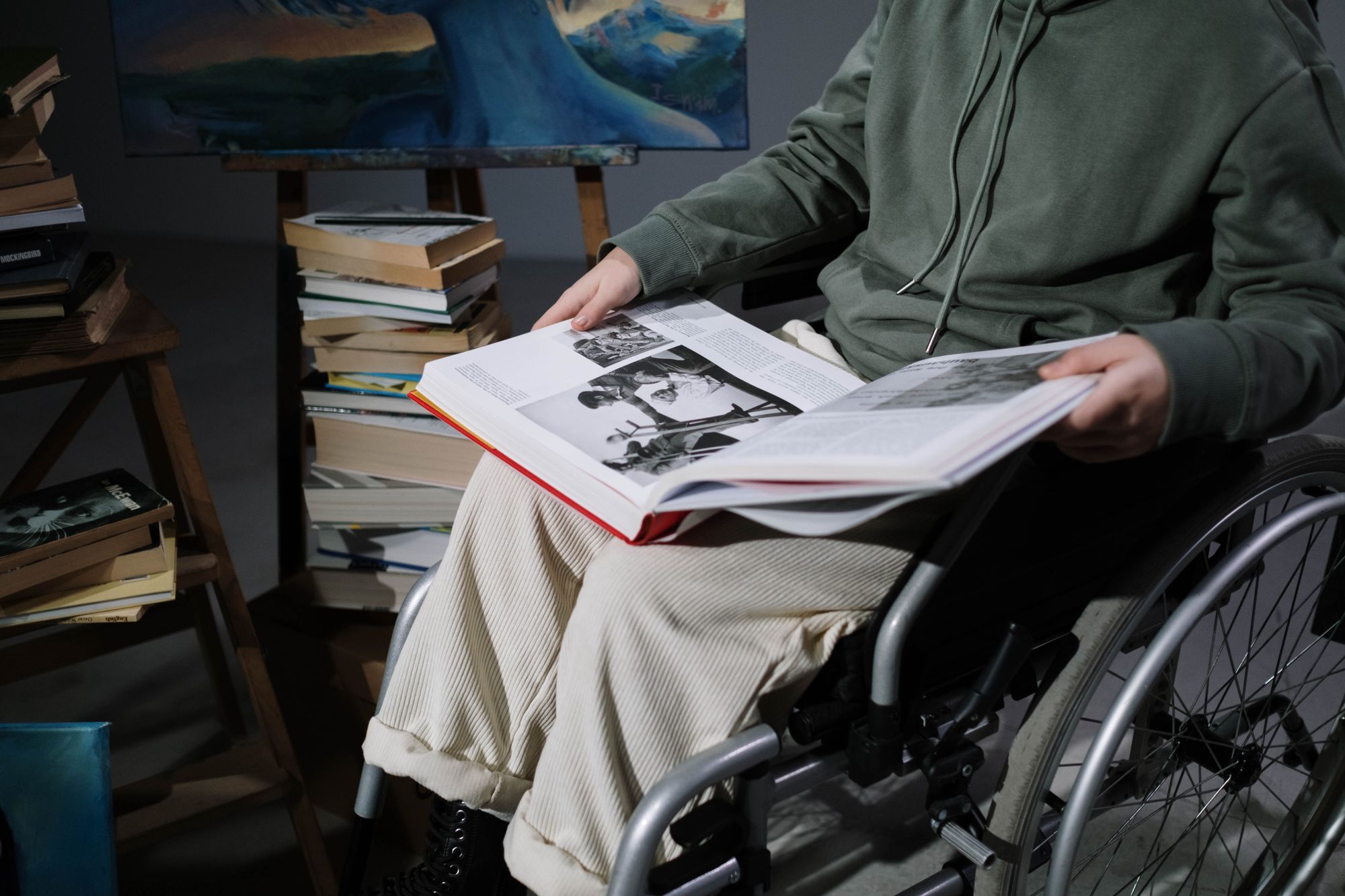
While preventing falls is essential, it is equally important to minimize the injuries related to falls. This can be achieved by maintaining good bone health. Strong bones can help avoid serious injuries like hip fractures, thereby reducing the risk of falls.
A condition that poses an increased risk to bone health in older adults is osteoporosis. It weakens the bones, making them thin and brittle. Therefore, a fall can lead to serious fractures in individuals with osteoporosis.
However, the risk of fractures can be reduced by staying active and taking other preventative measures such as regular exercise, home safety modifications, using assistive devices and technologies, seeking help from healthcare professionals, and participating in fall prevention education.
Building Confidence After a Fall
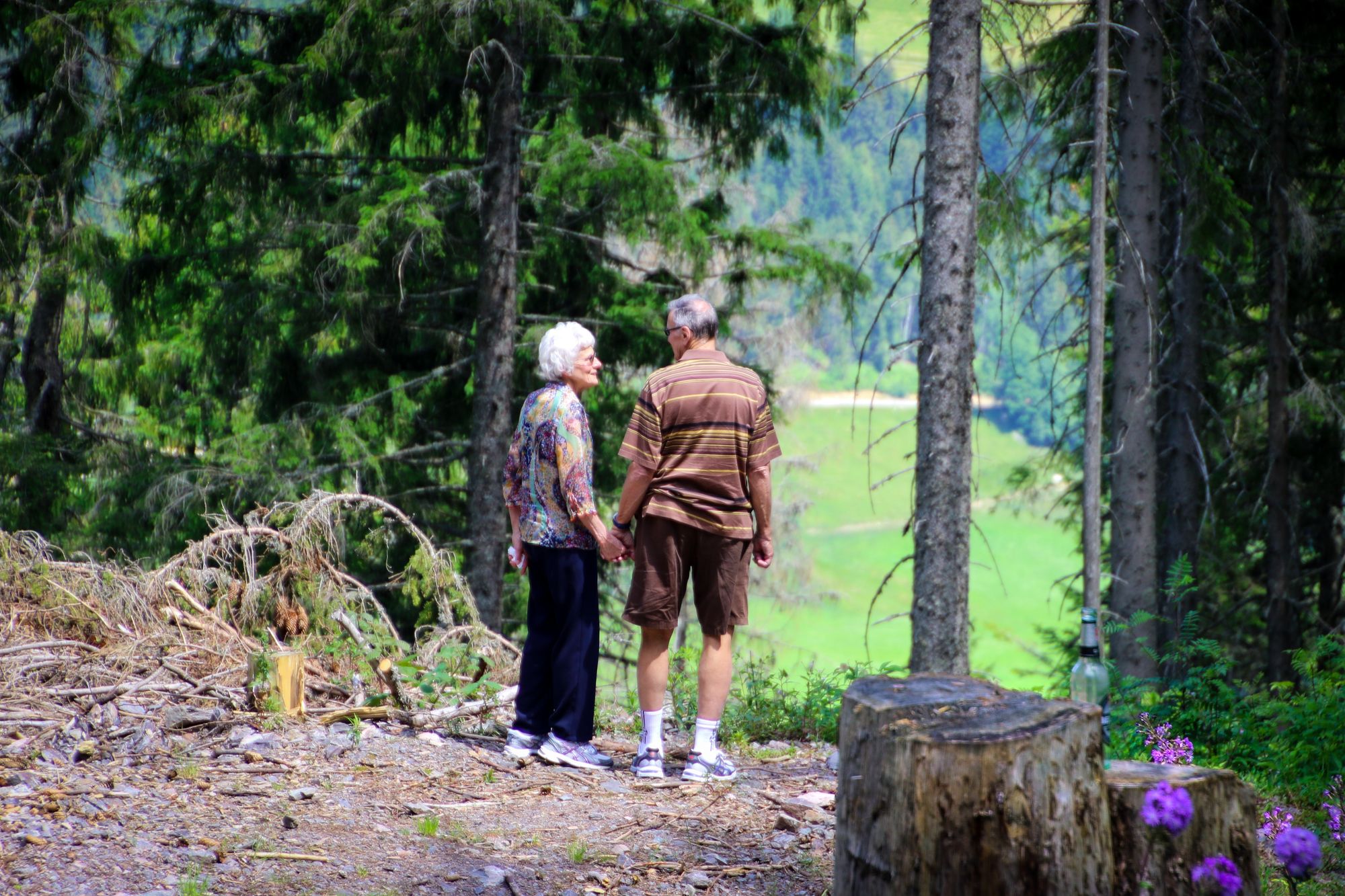
Experiencing a fall can be a distressing event. It can lead to a loss of confidence and independence. However, it is possible to regain confidence after a fall. The key is to approach the situation with openness and honesty, focusing on the positive aspects of the situation.
Setting realistic and achievable goals can also help regain confidence. These goals could include building up physical strength and balance, improving mobility, and increasing independence to prevent future falls.
Maintaining a regular routine and continuing to do the things you enjoy is another effective strategy. It helps keep up morale and challenges negative thoughts, creating a positive mindset that can aid in fall prevention.
Community-Based Fall Prevention Programs
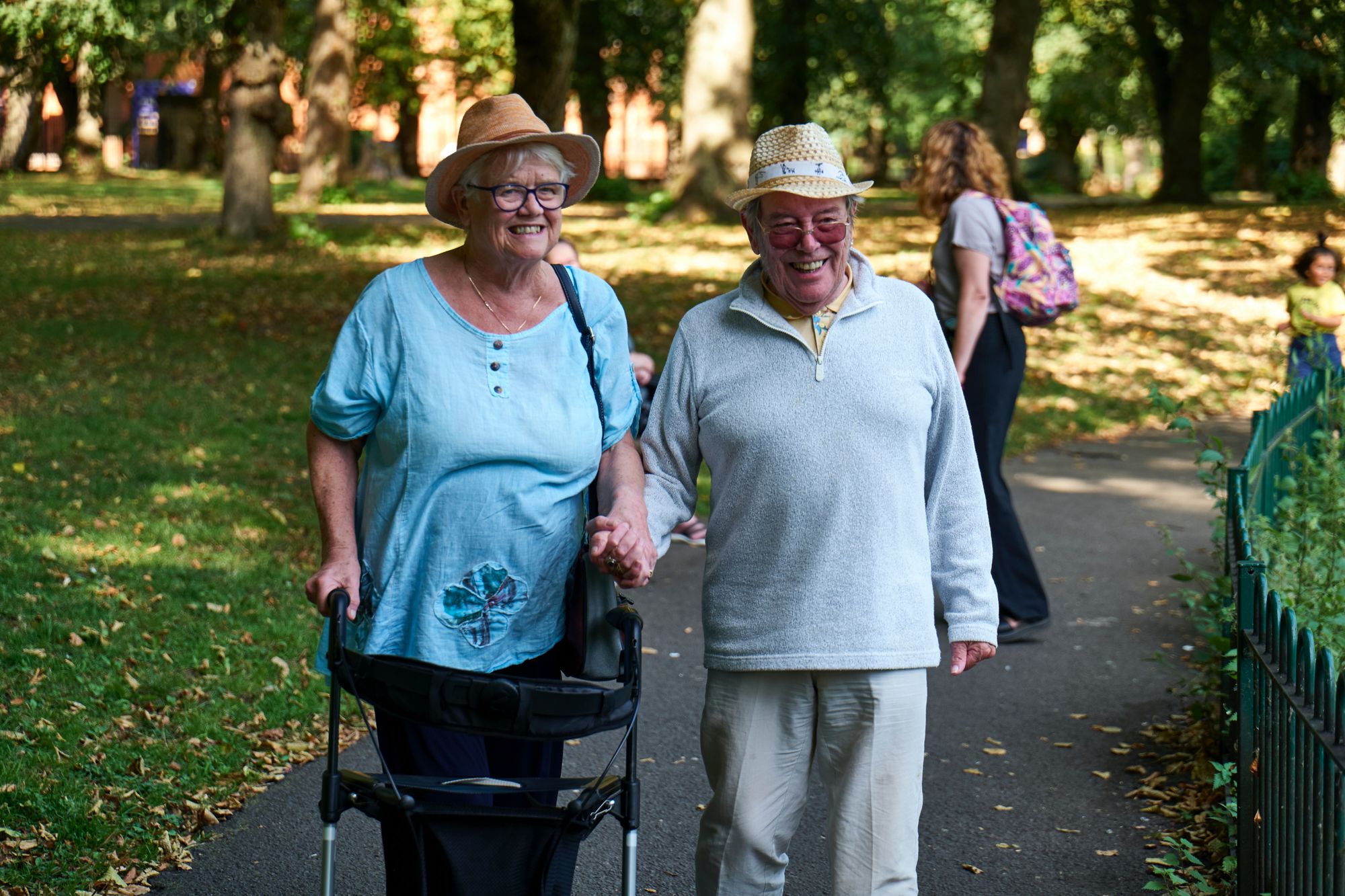
Community-based fall prevention programs can be a great way to learn more about fall prevention and meet others who are also taking steps to prevent falls. Programs such as A Matter of Balance and Stepping Up. On have been proven to help older adults become more confident and less afraid of falling.
These programs offer numerous benefits. They can help reduce your risk of falling, boost your physical activity levels, and enhance your overall health and wellbeing. They provide both exercise and fall prevention education, equipping you with the knowledge and skills to prevent falls effectively.
Fall prevention education is an essential part of these programs. It helps you understand the risks associated with falls and how you can minimize them. It also helps you devise strategies to avoid falls and boost your assurance.
Summary
In conclusion, falls among older adults can be prevented. It requires understanding the causes, implementing effective strategies such as regular exercise, home safety modifications, and the use of assistive devices, and seeking help from healthcare professionals. Participating in community-based fall prevention programs can also be beneficial. Ultimately, the journey to fall prevention is about maintaining independence, improving quality of life, and living confidently and fearlessly.
Frequently Asked Questions
What are the 3 types of falls?
Falls can be classified into three types: anticipated, unanticipated, and accidental. By understanding the type of fall your loved one has experienced, you can take steps to prevent further falls.
What is the definition of a fall?
A fall is an event which results in a person unintentionally dropping to the ground, floor or another lower level. It can result in fractures, lacerations and internal bleeding, potentially requiring increased health care utilization.
Falls are the leading cause of unintentional injury for older Australians.
What causes falls in older adults?
Falls in older adults can be caused by aging-related changes in muscles, balance, vision, and hearing, as well as diseases like dementia and Parkinson’s. Poor lighting or throw rugs at home can lead to slips and trips.
Some medicines for depression, sleep problems, and high blood pressure can also increase the risk of falling.
What medical conditions cause falls?
Chronic conditions such as arthritis, diabetes, vision and hearing loss, vascular diseases, thyroid dysfunction, depression, and chronic obstructive pulmonary disease can all lead to an increased risk of falls.
Vertigo and incontinence are also common in populations that suffer from falls.
What is the most appropriate way to prevent falls?
To prevent falls, stay physically active, try balance and strength training exercises, fall-proof your home, have your eyes and hearing tested, find out about the side effects of any medicines you take, get enough sleep, avoid or limit alcohol, and stand up slowly.
Physical activity is important for preventing falls. Balance and strength training exercises can help improve balance and coordination. Fall-proofing your home can help reduce the risk of falls. Having your eyes and hearing tested can help you identify any vision or hearing problems that may increase your risk of falling.
It is also important to be aware of the side effects.
More on Fall Prevention and Fall Recovery
Revolutionizing Elderly Independence: IndeeLift's Role in Preventing Injury and Empowering Seniors
Do Bed and Chair Alarms Prevent Falls?
How to Prevent Falls in Elderly?
Fall Prevention for Seniors in a Smartphone?
A Matter of Balance Fall Prevention Program?
Fall Prevention: How to Transfer a Person Safely
How to Prevent Falls in the Kitchen?



